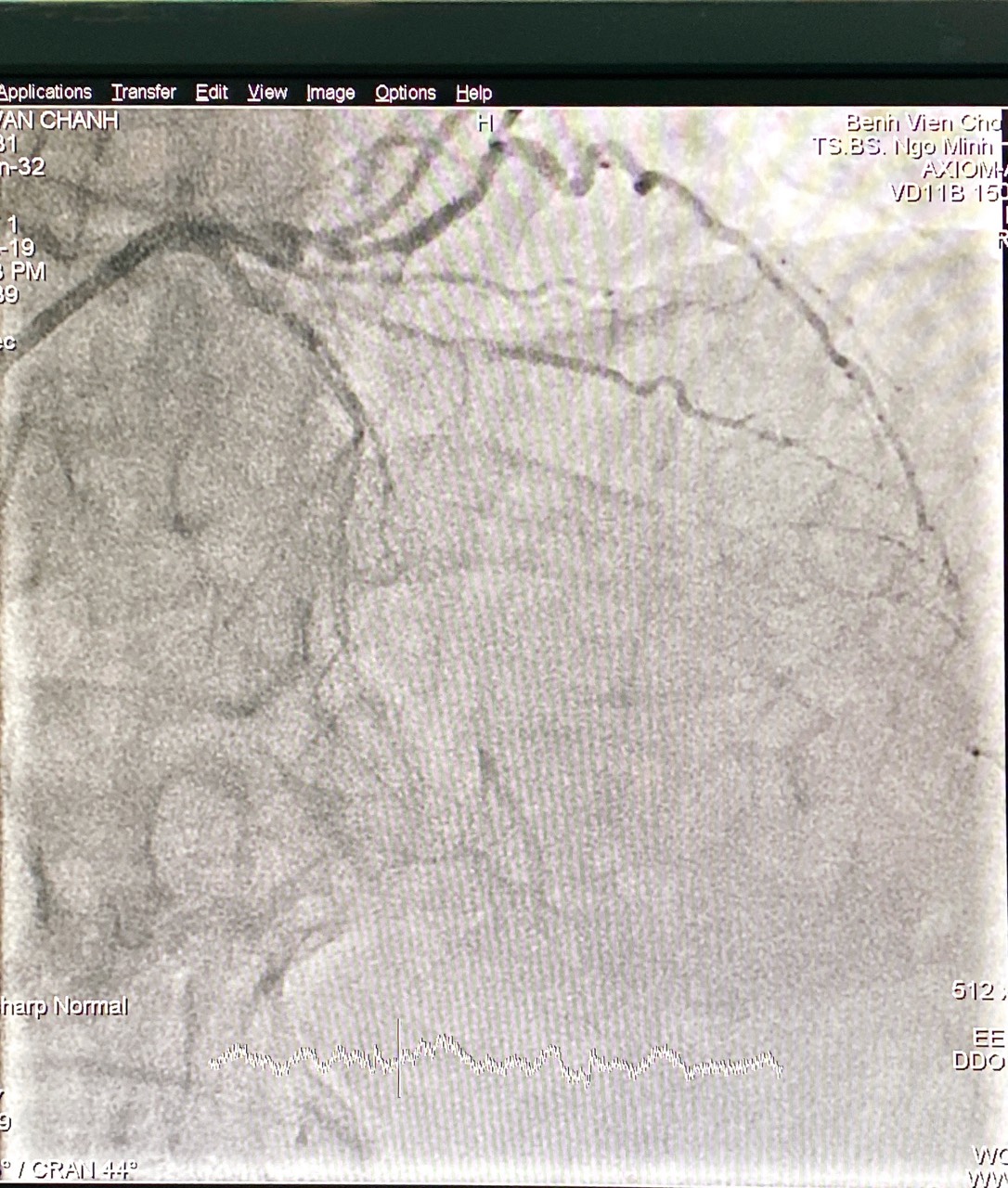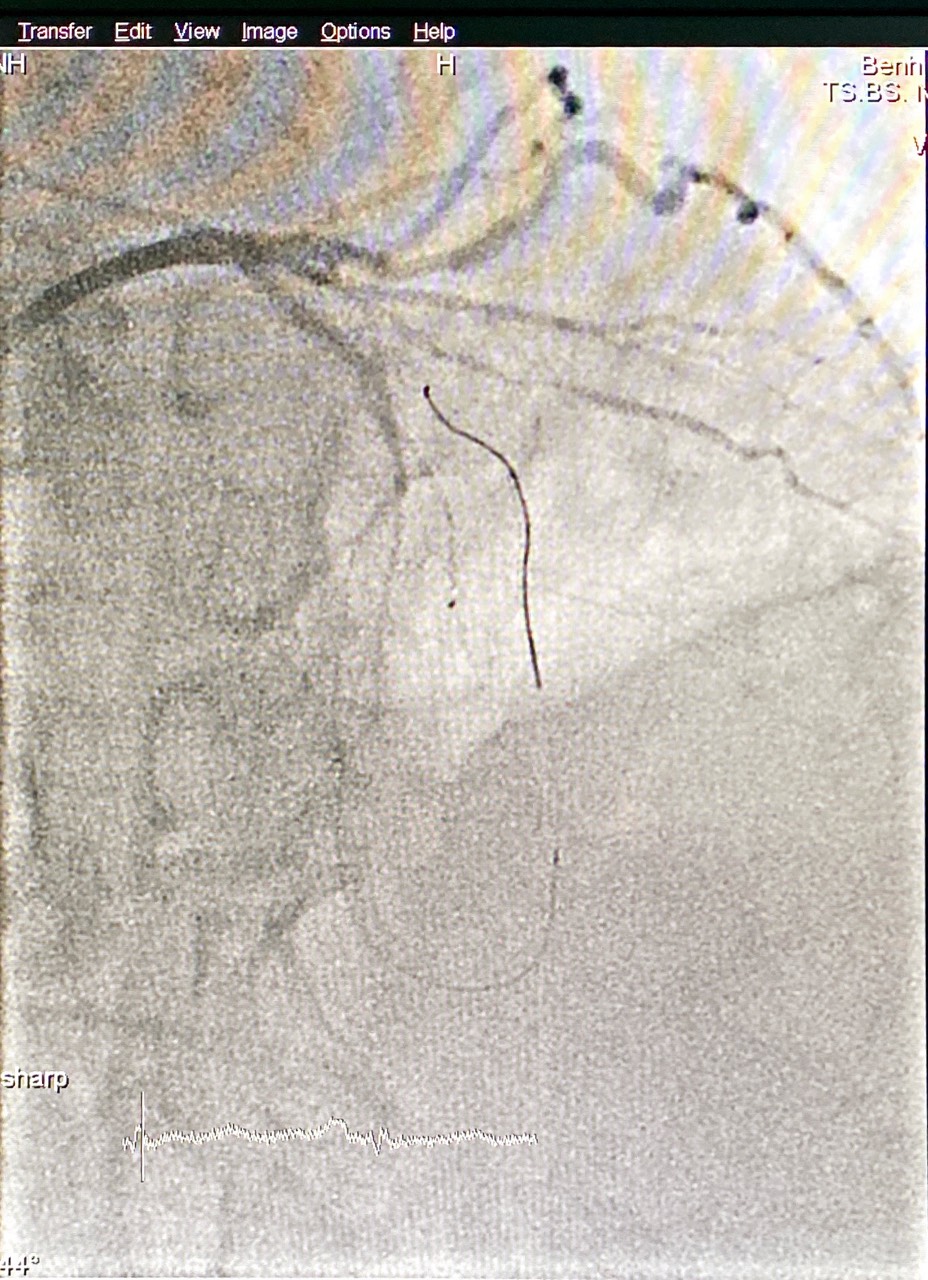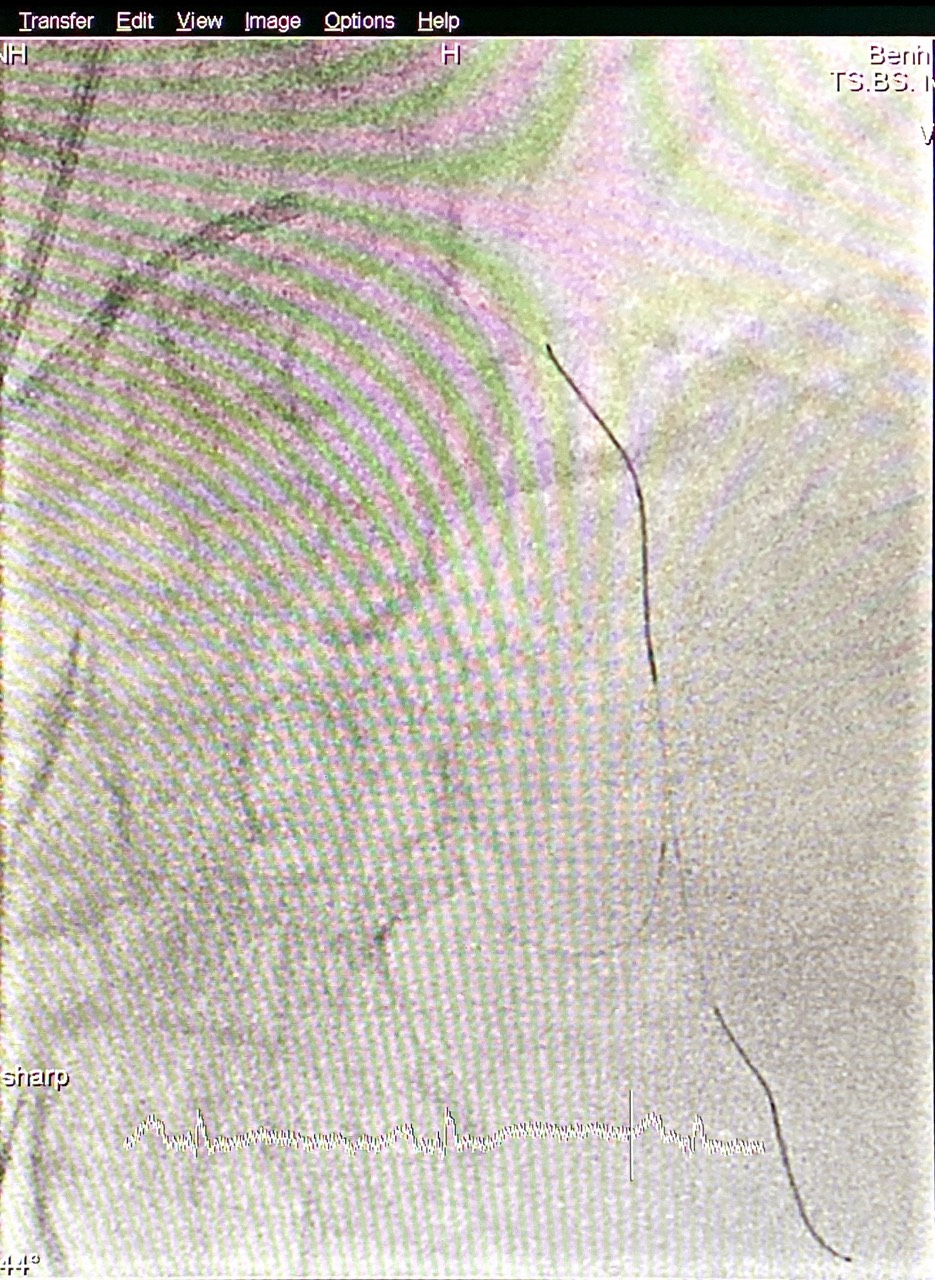Lots of interesting abstracts and cases were submitted for TCTAP 2024. Below are the accepted ones after a thorough review by our official reviewers. Don’t miss the opportunity to expand your knowledge and interact with authors as well as virtual participants by sharing your opinion in the comment section!
TCTAP C-002
Contribution of Ipsilateral Collateral in pPCI
By Minh Hung Ngo
Presenter
Minh Hung Ngo
Authors
Minh Hung Ngo1
Affiliation
Choray Hospital, Vietnam1,
View Study Report
TCTAP C-002
Coronary - ACS/AMI
Contribution of Ipsilateral Collateral in pPCI
Minh Hung Ngo1
Choray Hospital, Vietnam1,
Clinical Information
Patient initials or Identifier Number
Relevant Clinical History and Physical Exam
A 85 year old gentleman presented to ED with typical angina lasting for more than 30 minutes and diagnosed as STEMI. Clinical examination showed crackle at the base of two lungs and no heart murmur. The patient was then indicated for PPCI


Relevant Test Results Prior to Catheterization
ECG: Normal sinus rhythm with ST elevation at anterior wall and Q waves at V1-V5.Trop I hs > 25000pg/mlTTE showed EF 30% with anterior wall hypokinesia


Relevant Catheterization Findings
The culprit lesion was a total occlusion of mid LAD with rentrop 2 contralateral from RCA to distal LAD.




Interventional Management
Procedural Step
The culprit lesion was a total occlusion of mid LAD. we couldn't cross the lesion with soft wire because the wire kept going to the septal branches. After many attempts without success, the wire kept going to septal branch and made a U turn to the surface of the heart. We thought that this ipsilateral might contribute to the intervention. Therefore, we used this wire to cross the ipsilateral branch and went up through the distal occlusion to proximal occluded segment. Another wire was then used to puncture the proximal occlusion directing to the landmark of the first one and kissing wire was then successful performed and the primary PCI procedure was then finished with door-to-balloon time 75 minutes.




Case Summary
Ipsilateral collateral protects myocardium and provides information or an alternative way for wiring and puncturing the distal cap, going through the occluded segment and help to finish PCI procedures faster. Ipsilateral retrograde approach can be used not only in elective but also in primary PCI if the experienced operator realize that it is suitable.

